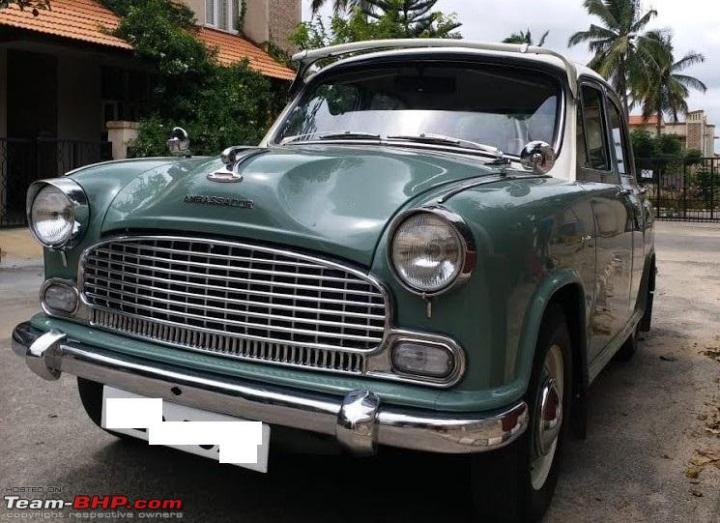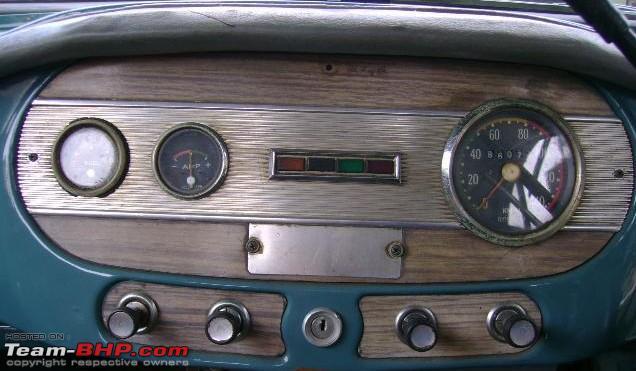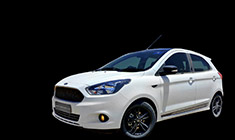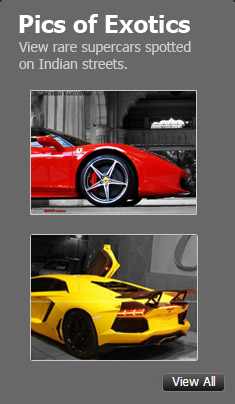News
Lighting up our lives: Our 1971 Hindustan Ambassador
Dad negotiated and the car was finally his for INR 25,000, which was a great deal then for a 20 year old Ambassador.
BHPian vigsom recently shared this with other enthusiasts.
Introduction:
This story dates back to 1991, and features a 1971 Ambassador and the great journey our family had with this Raja gaadi until we parted with the car. These posts are my small way of paying a befitting tribute to:
- This great car that ruled the Indian roads for several decades, and
- All those passionate owners who held OR still hold this car and have only smiles to report in their period of ownership.
Many readers who never got a chance to experience this car would perhaps gain from a virtual experience here.


Background:
Year 1990 : My Dad, a retired Indian Army officer was longing to own a classy Ambassador. He came across some low odo great examples for INR 85,000, which was huge money those days. My Mom dissuaded him from spending so much for a car that wasn’t going to be put to much use.
Post retirement from the Indian Army, Dad held several appointments culminating in one in Chennai. Dad was known to throw surprises. I remember a day in 1990 when he suddenly turned up at home in the city that we were in, rang the doorbell, and when we opened the door, we saw him and a Lhasa Apso in tow, whose pink tongue was out more than it should have. Before his arrival, Dad had said nothing about the Apso at all. Poor Tipsy, the Apso, had travelled 10 hours by train and took a 7km long walk from the station all the way home. Dad then told us that Tipsy, a 3 year old, was being given away by someone who was relocating from Chennai to Australia, and that’s how Dad got him. The Ambassador’s arrival was something similar - a pleasant surprise that took a while to sink in !!
Arrival of the Ambassador:
By around May-1991, Dad was preparing to move to our city and get into full retirement as I’d landed a job while in my final sem. We were also preparing to move into our own house here. While all this was on, Dad comes home, rings the doorbell, and we see yet another surprise - a greyish blue Mark II Ambassador at the gate.

How did this Ambassador happen?
Dad then told us about how the car came home. He was anyways wanting an Ambassador, and when he knew he was going to settle down, he apparently kept looking for one that would fulfill his requirements plus not hurt the pocket too much. That’s when one of his friends sounded him about this car that was being used by a company manager who was relocating. This was a 1971 Ambassador with the company manager being the fifth owner. Dad negotiated and the car was finally his for INR 25,000, which was a great deal then for a 20 year old Ambassador.
Was this a too-good-to-be-true car?
Yes it was. I do not remember what the odo reading was but the car was mechanically and structurally sound except that when in the second gear there’d be a khat khat noise from the gearbox. That meant that the main shaft in the gearbox warranted replacement. The bodyline, paint, suspension were all in great shape. Tyres were average.
First jobs in the Ambassador:
Gearbox:
In the first ten days of the car coming home, the car ended up in a workshop for the gearbox job. IIRC, the main gear cost us INR 2,500 and the labour was some INR 500 or so. The part that came out of the car showed one tooth on no.2 gear missing.
Seats and door panels:
Although the seats and door panels of the car were finished in blue/grey art-leather, it did look a little gaudy. While Dad was figuring out what to do, he suddenly came across a set of light brown velvet seat covers that were available for peanuts. Reason: the upholstery guy we know had made this for one of his customers, but he got the shade a bit wrong and was making a new set. Although light brown wasn’t a great match for a greyish blue exterior, the set didn’t look too bad either. Finally, I got down to removing the door panels, fitting the brown door pads in place of the gaudy blue, and fitting the seat covers too. This was the first time I was doing upholstery fitment in any car, and surprisingly I found the fitment rather effortless. The end product looked way way better than the gaudy blue.
Evolution of the Ambassador:
The Hindustan Ambassador was based on the Morris Oxford series III model, first made by Morris Motors Limited in the United Kingdom. This post provides a quick overview of the journey of the Ambassador from the Mark I to the Mark IV.
Exterior:
It was primarily the front look that would change marginally in the various avatars that the Ambassador featured – from the Mark 1 to the Avigo.
Mark I:

Mark II:

Mark 3:

Mark 4:

Nova:

Grand:

Avigo:

Interior:
While the front of the car looked pretty much the same from Mark III onwards, the dash would feature more significant changes from one avatar to the next
Console - Mark I:

Console - 1965-1969 with oil pressure gauge:

Console - Mark II later without oil gauge:

Console Mark 3

Console - Mark 3 modified with oil pressure gauge and temperature gauge:

Console - Mark 3 Deluxe and Mark 4:

Console - Nova:

Console - Grand:

Console - Avigo:

Engines:
1476cc petrol -> 1489cc BMC B-Series petrol and 1489cc BMC B-Series diesel -> 1817cc Isuzu petrol and 1995cc Izusu diesel.
Engine bay with the 1489cc petrol - Note the wet type air filter and the see-through fuel filter.

Engine bay - 1489cc petrol - Sample image courtesy Bhpian anjan_c2007:

Engine bay - 1800cc petrol - Image courtesy Bhpian musicmanaman:

Engine bay - 2000cc diesel - Image courtesy Bhpian sidindica:

Continue reading on BHPian vigsom's 1971 Hindustan Ambassador for BHPian comments, insights and more information.
























